The Musician’s Guide to Theory and Analysis Workbook Fourth Edition
The Musician’s Guide to Theory and Analysis, Fourth Edition by Jane Piper Clendinning and Elizabeth West Marvin stands as an essential resource for anyone passionate about the inner workings of music. Designed for both undergraduate students and professionals, this comprehensive guide provides a deep dive into music theory and the analysis of musical structures, making it a go-to textbook for those seeking a solid foundation in music.
This edition offers updated content, reflecting the latest developments in music theory and analysis, making it an indispensable tool for students studying classical music, contemporary music, or any form of musical expression. The textbook is structured to lead students through the complexities of music theory in a logical, approachable manner, from introductory concepts to advanced analysis techniques.
One of the most significant features of this guide is its integrative approach to theory and analysis. Unlike other texts that may separate these subjects, this book combines theory with practical applications, encouraging readers to not only learn the rules of music but also understand how those rules shape musical expression. Through detailed examples and step-by-step explanations, Clendinning and Marvin equip readers with the necessary tools to analyze and deconstruct musical compositions, whether they are familiar with classical works or contemporary pieces.
Throughout the textbook, students will encounter in-depth discussions on a variety of crucial topics, including harmony, counterpoint, form, rhythm, and texture. The book emphasizes a thorough understanding of musical components and their relationships, helping students develop critical listening and analytical skills. The fourth edition has expanded on earlier versions by including more contemporary examples of music, ensuring that readers are not only prepared to analyze the classical repertoire but also capable of engaging with modern genres and styles.
The accompanying musical examples and interactive exercises in this edition make learning music theory engaging and dynamic. Students will have the opportunity to put theory into practice with written exercises, analysis assignments, and quizzes. These exercises are designed to reinforce theoretical concepts, allowing students to sharpen their analytical skills as they work through the material.
Moreover, The Musician’s Guide to Theory and Analysis goes beyond the classroom by providing online resources and supplementary materials, including audio examples and solutions to exercises, which help reinforce learning and offer further exploration of complex topics. This multimedia approach enhances the learning experience and makes the material accessible to a broader range of learners.
For instructors, this textbook serves as a comprehensive teaching tool, offering clear lesson plans, suggested activities, and a well-organized curriculum to follow. Its structure allows instructors to tailor the material to the specific needs of their students while ensuring that core concepts are covered in a cohesive and understandable way.
In conclusion, The Musician’s Guide to Theory and Analysis, Fourth Edition is an indispensable text for anyone seeking to deepen their understanding of music theory and analysis. Whether you are a student looking to build a solid foundation in music or a seasoned musician striving to refine your analytical skills, this book offers clear, structured, and comprehensive coverage of essential music concepts. It is a timeless resource that blends theory with application, making it an invaluable part of any musician’s library.
you may like .https://natashabookstore.com/books/a-companion-to-the-holocaust/





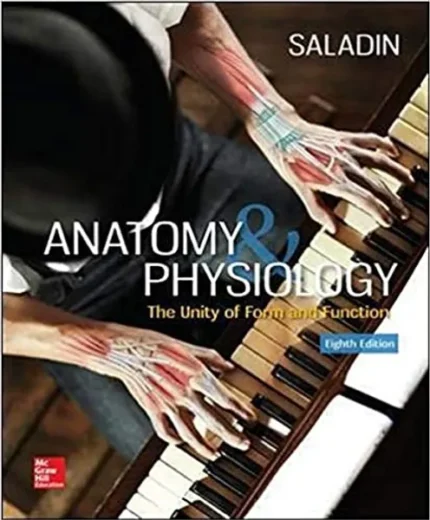
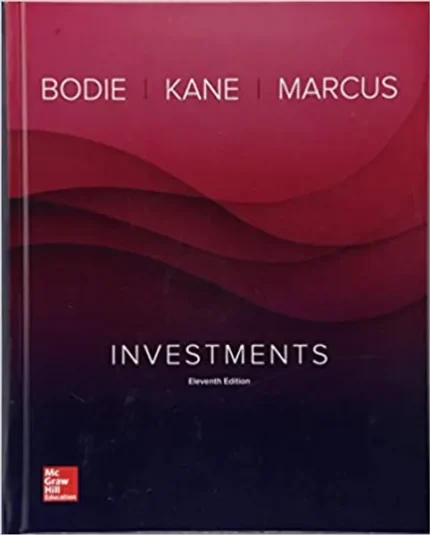

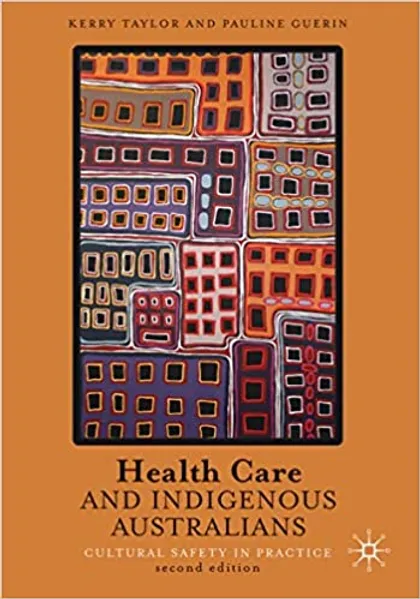
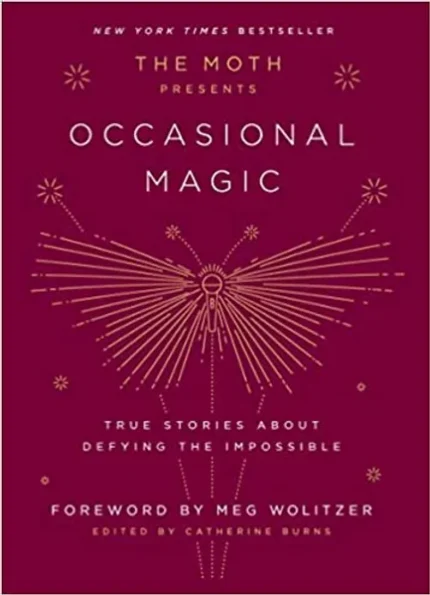
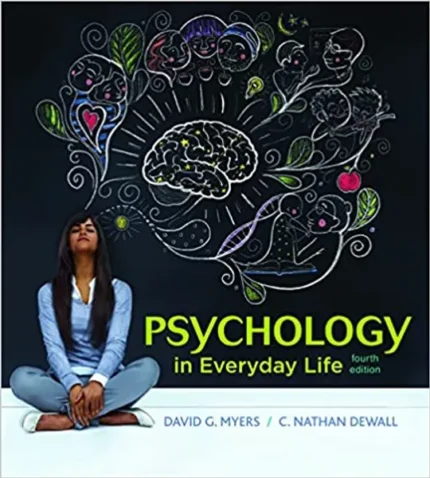

Reviews
There are no reviews yet.